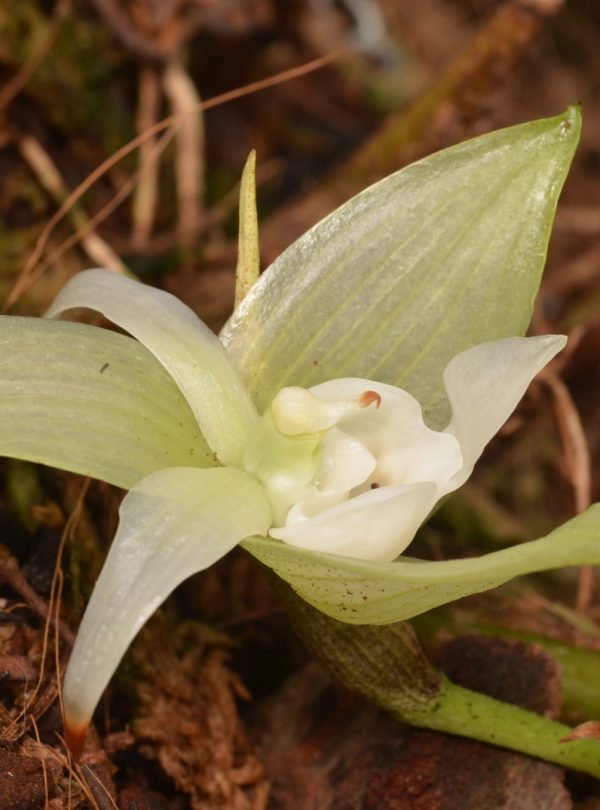
Stop destruction of Ecuador’s tropical forests
-
Species at Risk
1 Species
-
Carbon stored
Not calculated*
*(metric tons of CO2 equivalents) -
Partner
Fundación EcoMinga
-
4,305 Proposed Acres Conserved by
Purchase
-
Project Cost: $471,941

4,305
Stop destruction of Ecuador’s tropical forests
-
Species at Risk
1 Species
-
Carbon stored
Not calculated*
*(metric tons of CO2 equivalents) -
Partner
Fundación EcoMinga
-
4,305 Proposed Acres Conserved by
Purchase
-
Project Cost: £347,224

4,305
Save Orchids From the Wildlife Trade
When the majority of people consider the illegal wildlife trade, they imagine ivory from elephants, scales from pangolins and pelts from big cats. But what tends to go unnoticed and overlooked by the media is the illegal obtaining and selling of rare plants–– the most prominent victim in this trade is orchids. According to the Convention on International Trade of Endangered Species of Wild Fauna and Flora (CITES), orchids make up over 70% of their listed species for trade. These flowers are harvested unsustainably for medicine, decoration, cosmetics or food.
The Chocó-Tumbes forest in northwestern Ecuador is a biodiversity hotspot, known for its beautiful and rare orchid species, many of which are endemic and new to science. Unfortunately, this also makes the region popular for illegal harvesting, which threatens these orchid species with extinction and disrupts their surrounding ecosystem.
Did you know?
of species in the illegal wildlife trade are orchids.
Stop Destruction to Ecuador’s Tropical Forests
In 2014, Rainforest Trust and our local partner Fundación EcoMinga created the Dracula Orchid Reserve (named after the Dracula Orchid found in the area) to protect this rich montane forest. We have continued our work together throughout the years to expand the reserve, which now totals 3,625 acres. The protected area safeguards the most sensitive and important habitat for endemic species
Over 680 acres of expansions are still planned, as this landscape suffers from rapid deforestation for unsustainable development and road construction.
Expand Protection for Rare Species
Your support of this project will stop illegal orchid harvesting, halt deforestation and harmful road development for the benefit of endemic species including Rio Faisanes Stubfoot Toads (CR) and Carchi Andes Toads (EN). The land also supports endangered species like Black-and-chestnut Eagles (EN), Brown-headed Spider Monkeys (EN; Ecuador’s most endangered mammal) and Spectacled Bears (VU).



